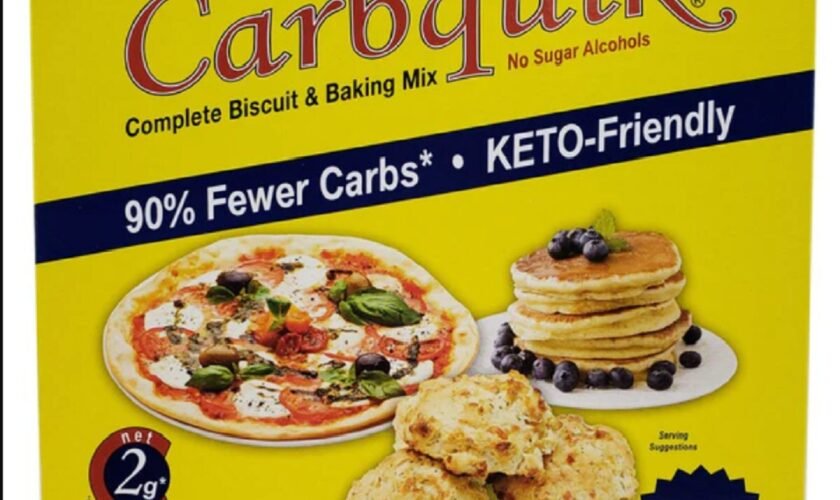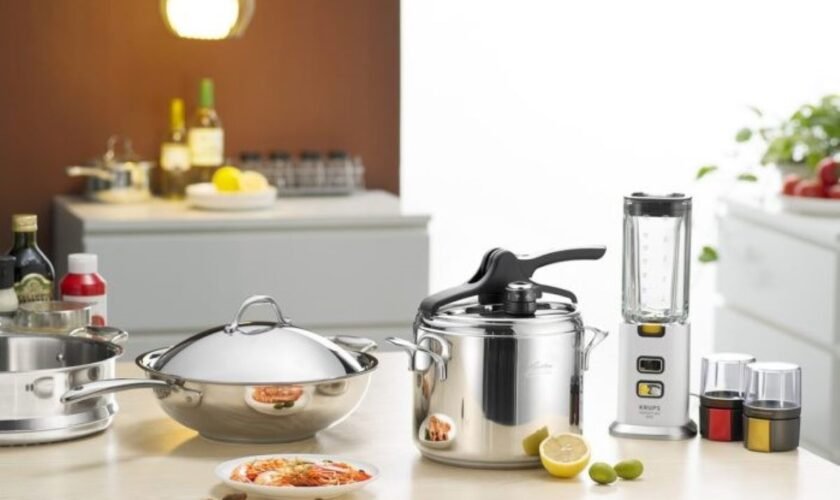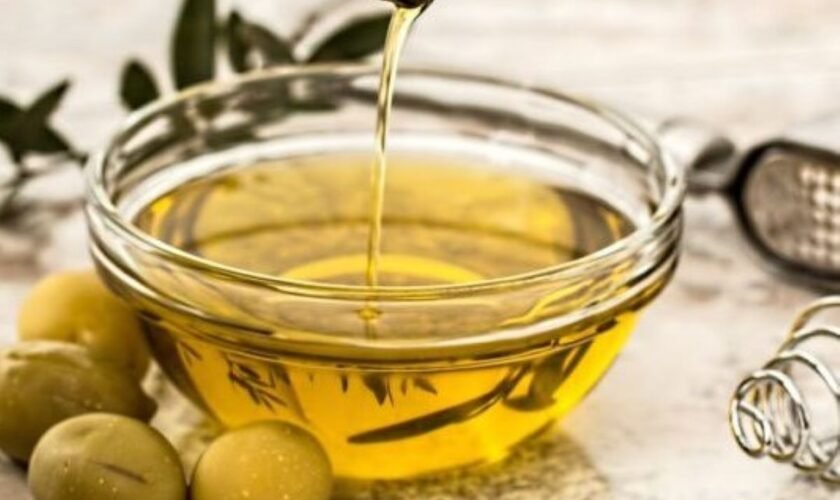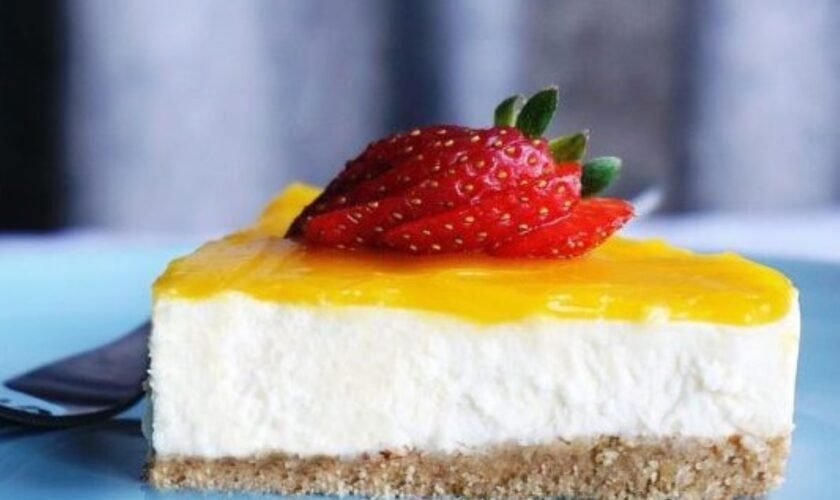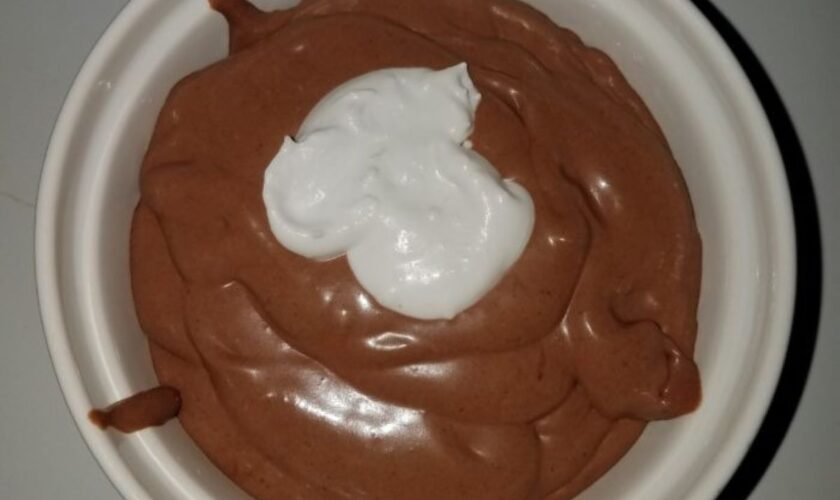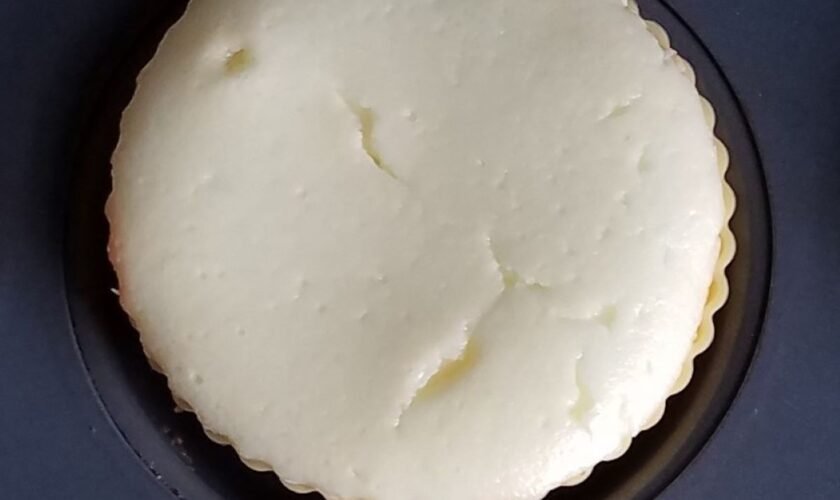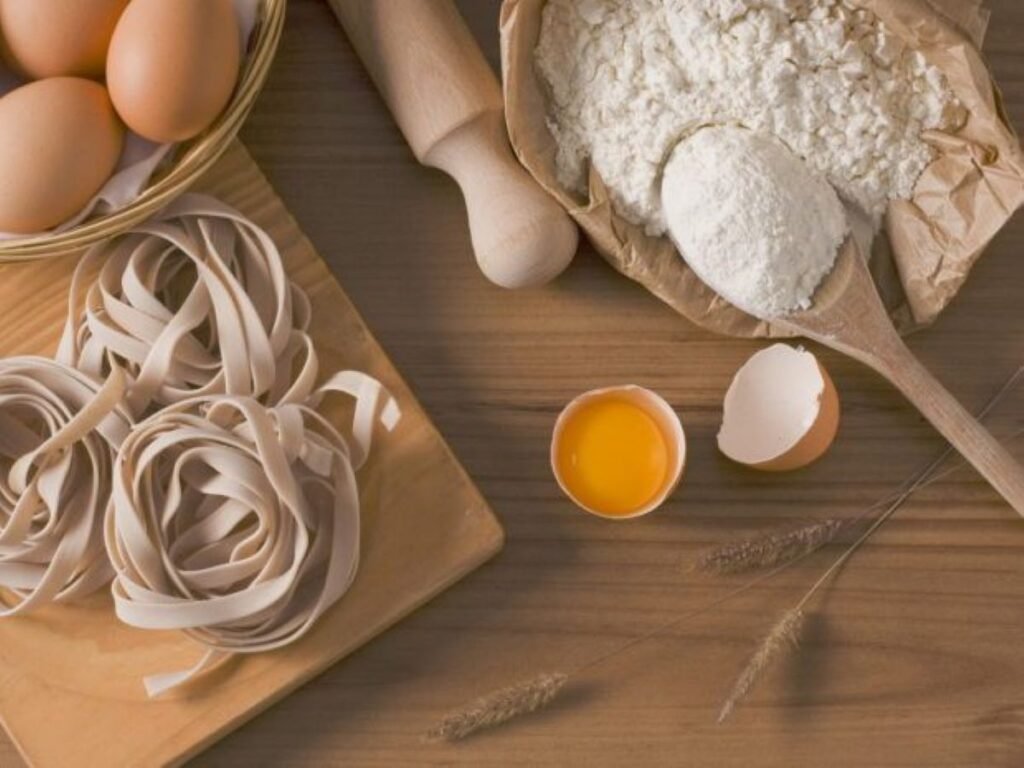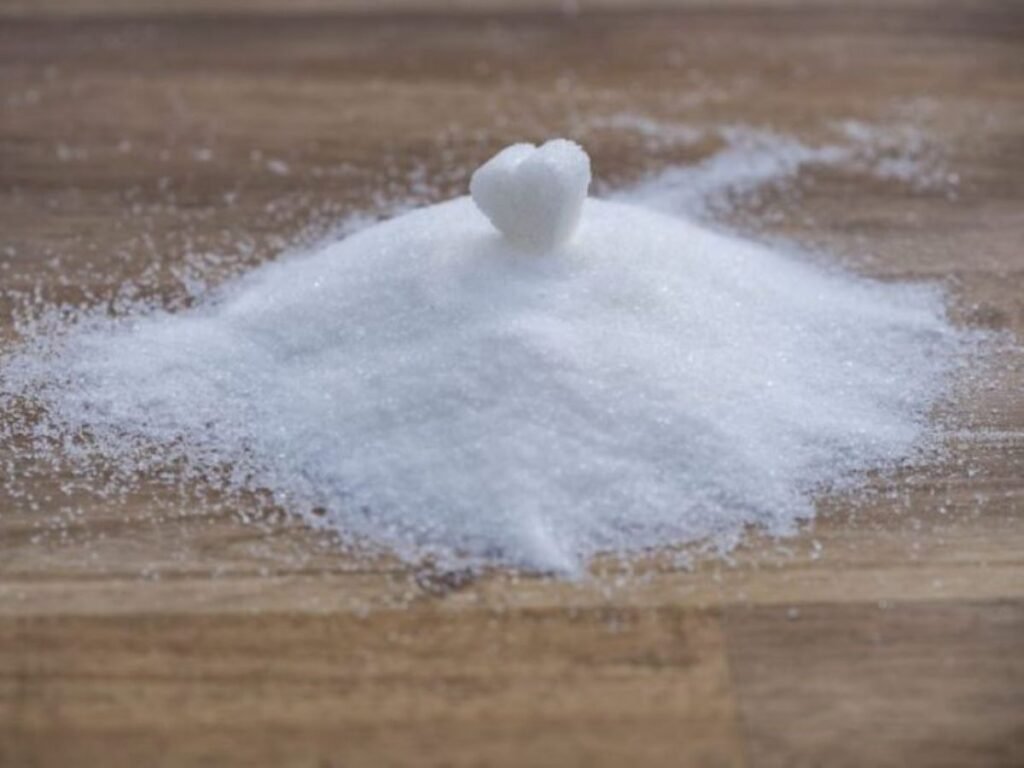Month: April 2019
If you’ve been following along with this blog, you know that I’ve been on all sorts of diets and eating plans to lose weight. Over time, I’ve learned that my body type responds most effectively […]
In my Small Kitchen Appliances post I discussed the essential 5 small kitchen appliances, and today I want to expand on that topic to include some unique kitchen gadgets. When I say unique in […]
I’ve been cooking ever since I was about twelve years old. It was the expectation for a young girl in my Caribbean culture to learn about food and how to cook it. It was a […]
Dessert is by far my favorite meal course as I’m sure it is for many. It’s too bad that the best part of the meal is also the worst for our waistlines, if not our […]
This Keto chocolate mousse is thick, rich and creamy and really hits the spot when I’m craving chocolate mousse.
Sweet, tangy, creamy, decadent – all the qualities you love about a good cheesecake. You can now enjoy this deliciousness sugar free! After a slice you won’t believe there’s no sugar in this cheesecake. Yes, you can have your cheesecake and eat it too!

